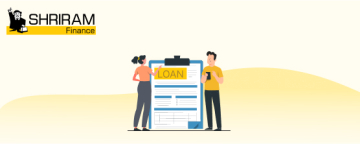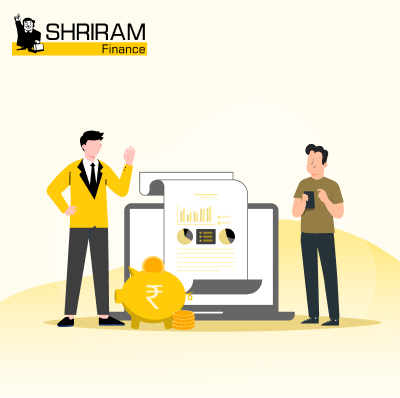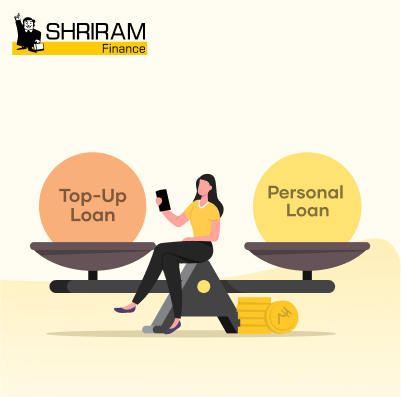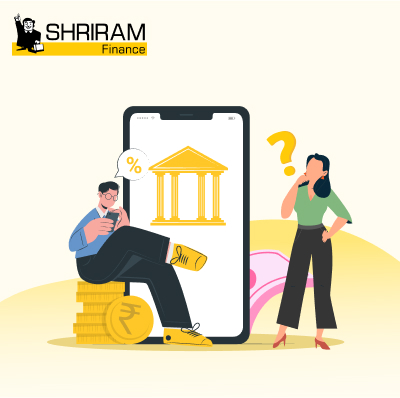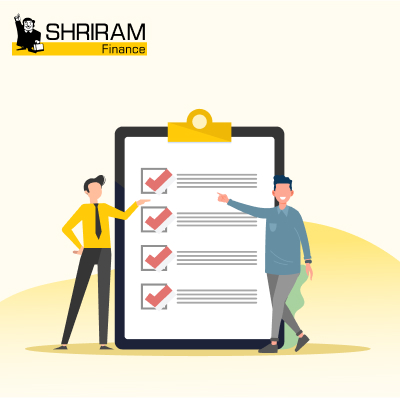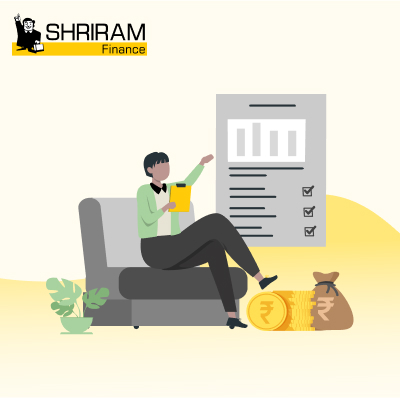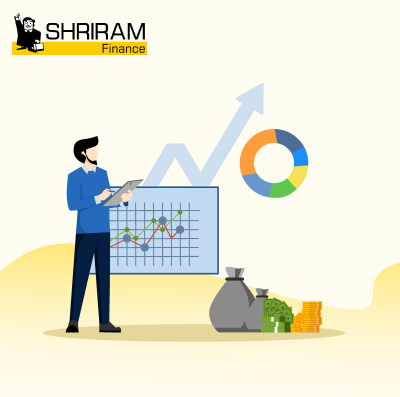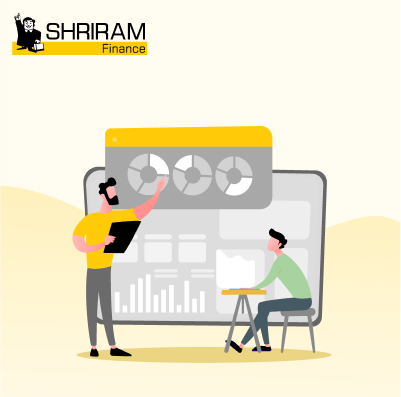Personal loans are a great way to consolidate several debts into one simple payment, usually with a lower interest rate, making it easier to track expenses, and save interest and/or improve your credit score, however, debt consolidation loans may not be appropriate for any individual. You will need to have good credit, manageable debt, and hopefully the willpower to budget properly.
Before you make a final judgment, you should calculate everything and think about lifestyle changes, so let us get started.
What is Debt Consolidation?
Debt consolidation is taking multiple debts and combining them into one. Rather than paying off five different loans every month, you pay just one.
Let’s say you are dealing with:
- A credit card balance
- An old personal loan with a high interest rate
- A few BNPL (Buy Now Pay Later) instalments
- A small consumer durable loan
Instead of keeping track of each of these separately, you take a new loan and use that amount to pay off the others. Now, you’re left with just one loan to repay—your personal loan for debt relief.
Why Use Personal Loans for Debt Consolidation?
There are a variety of reasons why a person would utilise a personal loan for debt consolidation.
1. Easier Finances
Multiple EMIs mean more due dates, banks, payment methods and parameters to deal with. One consolidated repayment every month will not only be easier to track but also manage and plan for.
2. Lower Interest Rate
High-interest debts, like credit cards, can substantially eat into your savings. A personal loan often provides a lower interest rate, so you may pay less interest over the life of the loans.
3. Set Repayment Schedule
Credit cards come with revolving credit, so you can easily find yourself dealing with "interest-on-interest" situations. A personal loan will have a set tenure and on that date you will be debt-free.
4. Improved Credit Health Over Time
By consolidating multiple debts and responsibly paying off the personal loan, you may see your credit health improve gradually over time.
Is Debt Consolidation Right for You?
Debt consolidation sounds good on paper, but it’s not the right solution for everyone. It depends on your debt mix, current obligations, and your discipline with repayments.
You might benefit if:
- You’re paying high interest on credit cards
- Your debt repayments are scattered and hard to manage
- You have a stable income and want to streamline payments
- You’re looking to improve your credit behaviour
But it may not work if:
- You’re already struggling to meet basic monthly expenses
- You plan to continue using the old credit cards after consolidation
- The new loan comes with a higher total cost due to fees
Best Ways to Combine Debts Using a Personal Loan
Let’s explore some practical strategies on how to consolidate your debt smartly.
1. Take Stock of All Existing Debts
List down every monthly repayment you’re making. Include:
- Outstanding balances
- Monthly EMI amounts
- Remaining tenure
- Interest rates
This gives you a clear idea of how much you owe and whether a consolidation loan would actually reduce your burden.
2. Compare Personal Loan Offers
Look at personal loans from:
- Your existing bank or NBFCs (they may offer relationship-based rates)
- NBFCs or fintechs offering fast approvals
- Digital-only lenders (but check for hidden charges)
Compare interest rates, processing fees, prepayment rules, and repayment tenure. Debt management with personal loans only works when the cost-benefit is in your favour.
3. Choose the Loan That Matches Your Budget
Don’t focus only on the EMI amount. A lower EMI over a longer tenure might mean you’re paying more interest overall. Try to balance EMI affordability with the total cost of borrowing.
4. Use the Loan Strictly for Repayment
It’s tempting to use part of the consolidated loan for other expenses, but avoid it. The goal is to be debt-free, not shift the burden elsewhere.
5. Close Paid-Off Accounts
Once you’ve repaid your old debts, get closure letters and update your credit report. Keeping old accounts open might lead to re-spending and fresh liabilities.
Example: How Debt Consolidation Saves You Money
Let’s take a quick example to see how debt payoff strategies using loans actually help.
| Type of Debt | Outstanding | Interest Rate (p.a.) | Monthly EMI |
| Credit Card 1 | ₹50,000 | 36% | ₹5,000 |
| Credit Card 2 | ₹30,000 | 39% | ₹3,000 |
| Consumer Loan | ₹20,000 | 18% | ₹2,000 |
| Total | ₹1,00,000 | Mixed (high) | ₹10,000 |
Now, say you get a personal loan of ₹1,00,000 at 14% for 2 years. Your monthly EMI might drop to ₹4,800–₹5,000 and you’ll have just one EMI to worry about.
Over time, you save on interest and reduce repayment stress.
Things to Watch Out for Before You Consolidate
As useful as they are, debt consolidation loans also come with fine print.
1. Processing Fees
Some financial institutions charge a 1–5% fee just to disburse the loan. This adds to your overall cost.
2. Prepayment or Foreclosure Charges
If you repay early, check whether there are penalties. Ideally choose a loan that allows part-payments without additional charges.
3. Total Interest Paid
Lower EMIs look great, but don’t ignore how much interest you’ll pay overtime. Calculate the total cost before signing up.
4. Changing Behaviour Matters Most
If you consolidate and then rack up more credit card bills, you’ll end up worse than before. Debt consolidation is a reset, not an escape.
How to Qualify for a Personal Loan for Debt Relief
Eligibility varies, but there are some common checkpoints across financial institutions.
You’ll generally need:
- A credit score of 700 or higher (preferably)
- Steady income with supporting documents
- Age between 21* and 60*
- Low debt-to-income ratio
Tips to Improve Approval Chances:
- Clear small debts before applying
- Avoid multiple loan applications in a short span
- Keep your credit utilisation low
- Maintain a clean repayment history
Should You Work with a Financial Advisor?
If you’re unsure about numbers or if your debt is overwhelming, then it might be a good idea to talk to a financial advisor or counsellor. They can help you:
- Analyse your repayment ability
- Understand the loan structures
- Suggest alternative strategies (like negotiating existing terms)
There’s no shame in seeking help. Sometimes, an outside perspective can save you from long-term regret.
Common Mistakes People Make with Debt Consolidation
Here are some of the common mistakes people make with debt consolidation:
1. Not Closing Old Credit Lines
Once debts are paid off, close those accounts or at least freeze spending. Keeping them active invites temptation.
2. Choosing Longer Tenure Without Thinking
Sure, smaller EMIs feel manageable. But if you’re paying interest for 5 years instead of 2, you may end up spending much more.
3. Not Reading the Loan Agreement
Processing fees, late charges, insurance, and prepayment clauses are all there in the paperwork. Read it—even the small print.
4. Using Consolidation Repeatedly
Don’t turn debt consolidation into a habit. If you’re doing it every 2–3 years, it’s time to fix spending patterns instead.
Advantages of Debt Management with Personal Loans
Let’s recap the upsides of using a personal loan to consolidate your dues:
- Single EMI: No more juggling multiple dates
- Potential savings on interest
- Boosts your credit score (with consistent repayments)
- Gives you mental peace by simplifying finances
- Structured closure: You have a clear repayment end date
Conclusion
Consolidating your loan using a personal loan with a lower interest rate could save you money in interest and make handling your money easier. You will need to pay just one amount as a monthly EMI instead of 3 or 4 different payments and only think about paying just that one payment.
That being said, this will only work for you if you get a good interest rate, your new payment fits within your budget comfortably, and you are disciplined enough not to take on more debt with any new disposable income you have from the consolidation.
Before making any decision, make sure to take some time to do your homework, crunch the numbers, and think about the way you typically spend money. Make sure that the route you are taking actually gets you closer to your financial goals than other methods of debt repayment.










